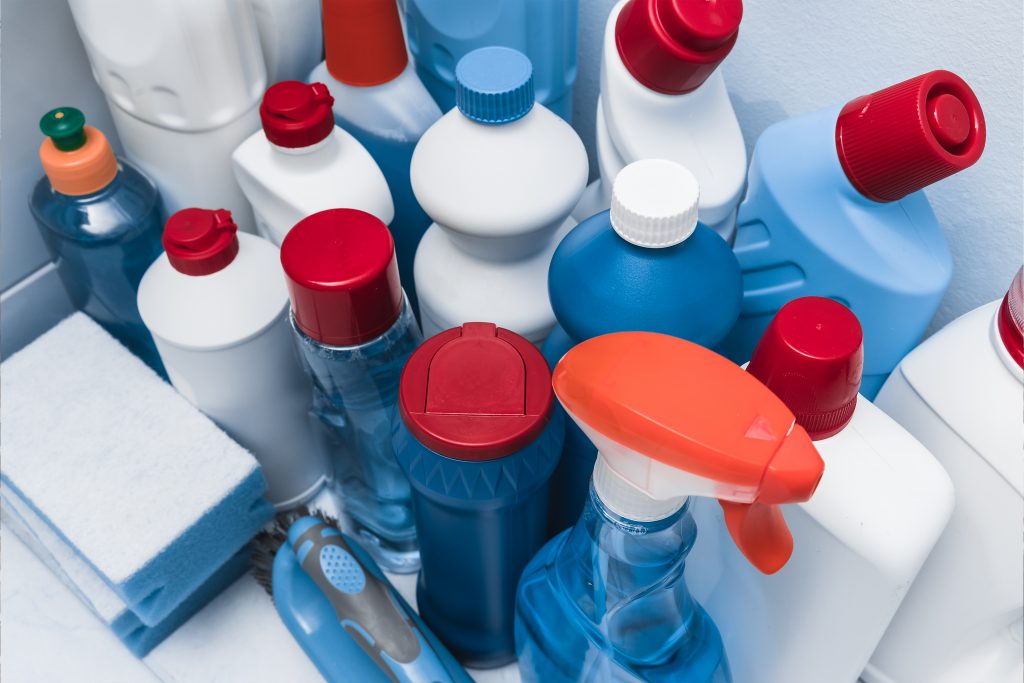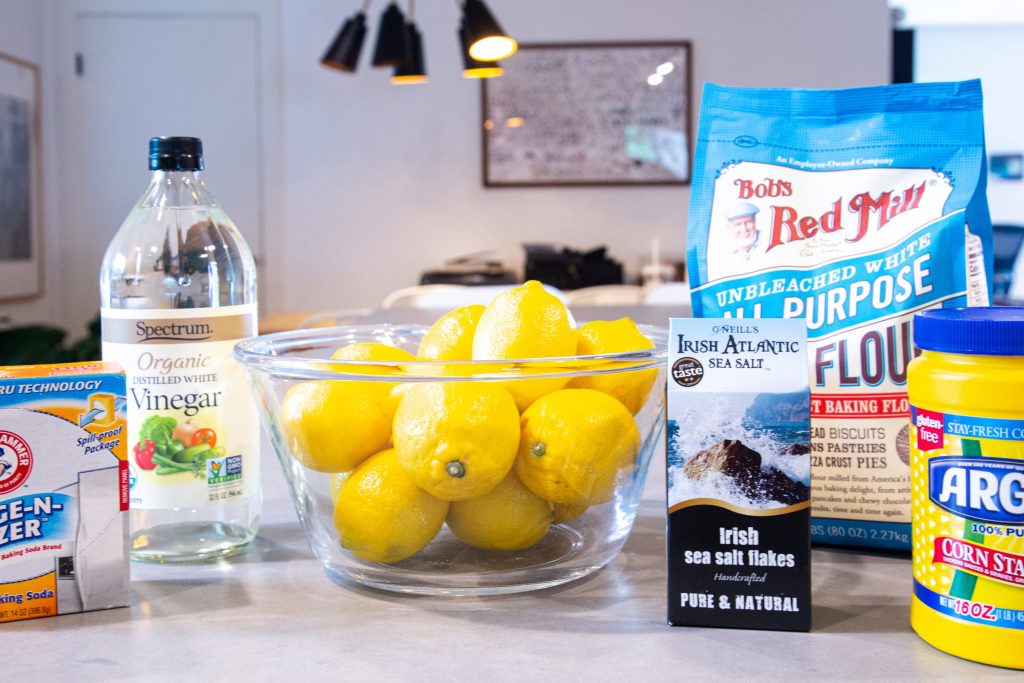Refresh Your Cleaning Routine with Pet-Safe Products
After the flurry of holiday parties, family gatherings, and festive meals, you and your home might be itching for a deep clean. Before you break out your concoction of sprays, wipes, and scrubs, it’s essential to review their ingredients because, while common household cleaners may get the job done, many pose a serious threat to your pets.
Our furry friends, who often lick their paws and enjoy crumbs that find their way onto floors, are at a higher risk of ingesting cleaning chemicals that can harm their health. Knowing which chemicals to avoid, what pet-safe cleaning products are available, and reviewing best practices will keep your home and its residents happy and healthy.

Common Cleaner Ingredients That Are Toxic for Pets
While all animals can suffer from exposure to toxins found in cleaners, cats are particularly at risk as they lack certain liver enzymes, and their grooming habits increase the likelihood of ingesting chemicals. To keep your pets safe, avoid or minimize use of cleaning products containing:
- Isopropyl Alcohol (Rubbing Alcohol): Many disinfecting wipes and multipurpose cleaners contain this chemical that, if ingested in large amounts by pets, can cause vomiting, disorientation, and, in severe cases, respiratory problems and seizures.
- Bleach: Using regular-strength bleach around the house may cause skin and eye irritation in animals, but the ingestion of highly concentrated bleach can have detrimental effects.
- Hydrogen Peroxide: Some mix this solution with baking soda to refresh surfaces, and while it can be used to disinfect human wounds, hydrogen peroxide can cause skin irritation and rashes if pets receive topical exposure.
- Chemical Compounds Containing “Phenol”: Phenols are found in many cleaning agents, from disinfectant sprays and toilet bowl cleaners to detergents, and are rapidly absorbed through the skin. If your pet has a habit of drinking from the toilet or you wash their bedding or toys with detergent, ensure the products don’t contain the word “phenol” in the ingredient list.
- Phthalates: Phthalates are often used in fragranced household products — such as air fresheners, softeners, and room sprays — and are endocrine disruptors that can cause thyroid and reproductive disorders as well as diabetes, heart and kidney diseases, and cancers.

Pet-Safe Cleaning Products & Best Practices
Switching to pet-safe alternatives does not have to be an all-or-nothing approach. While plenty of pet-safe cleaning products are available, you can also make DIY cleaning solutions at home with just a few ingredients. Plus, by following some of these best practices, you can minimize your pet’s chance of exposure if you’re unable to change products.
Nontoxic Products:
- Look for cleaning solutions that are labeled as “pet-safe.”
- Enzymatic cleaners are nontoxic and biodegradable, making them safe to use on stains or odors in any room.
- Castile soap is a vegetable-based soap that can be diluted with water for general cleaning purposes.
- Make your own multipurpose cleaner with baking soda, white vinegar, and hot water.
- Replace artificial scents with pet-safe essential oils. Check with your veterinarian to confirm which essential oils are safe, as some are toxic to animals.
Best Practices:
- Always store cleaning products securely to prevent accidental ingestion or exposure.
- Follow the cleaning instructions listed on the product.
- Keep pets out of the room you’re cleaning until the surfaces have dried and the area has been ventilated.
- Do not leave products unattended while cleaning.
- Wipe down surfaces with water after the product has had time to work to remove any excess product your pet may encounter.
If you believe your pet has come in contact with harmful chemicals, seek veterinary medical help immediately. If a local vet is unavailable, call the ASPCA Animal Poison Control Center at (888) 426-4435.
Keeping your four-legged friends safe indoors can be a lot easier than when you’re on the road, but you can ensure you’re covering your bases with these seven tips for driving in the car with pets.
© 2024 Texas Farm Bureau Insurance



